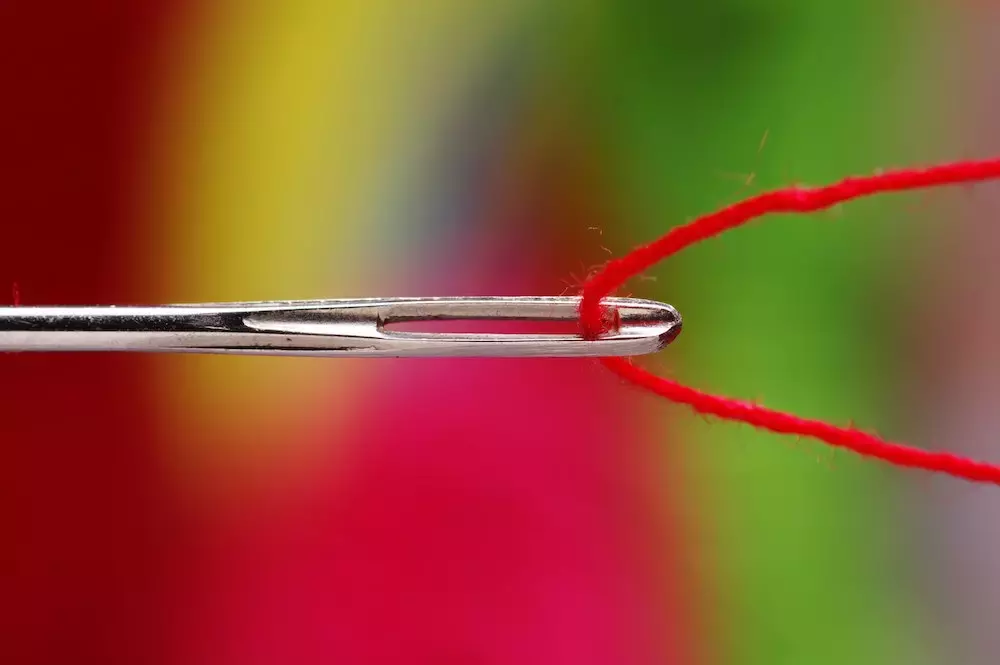Are Sewing Machine Needles and Threading Needles Different?
2021-09-09
Like hand sewing, sewing machines rely on sewing needles. There are a dizzying array of sewing needles in different sizes and shapes. So much variety and so many options can be a bewildering challenge for anyone looking to buy their first needles. Just as difficult as threading the actual needle!
A threading needle is not the same as a sewing needle. Instead, the threading needle helps you thread the sewing needle. Confusing? We’ll explain further.
Sewing Needles
Sewing needles come in many sizes. Though Europe and America have different labeling systems一the higher the number, the thicker and heavier the needle is. For example, a 19 needle is thicker and heavier than an eight needle on the American scale. On the European scale, 60 is the finest, and 120 is the heaviest.
Fabrics and Sewing Needles
The size of the sewing needle you select depends on the fabric you are sewing. For example, if you are sewing silk or a delicate, sheer window material, you want a fine needle. A thick upholstery needle would leave holes. Conversely, if you are sewing upholstery material, a fine needle would break. Instead, you want a heavy thick needle to penetrate the fabric.
Take the following example of a combination. You have a lightweight fabric but want to apply heavy thread for stitching detail. Usually, with heavy thread, you would use a big needle. However, that would leave holes in the fabric, so you’d need a sewing needle somewhere in the middle. Regardless of the fabric and sewing needle you choose, it is a good idea to try some sample stitches on a scrap to make sure it works how you want it to.
Specialized Sewing Needles
Sewing needles are sometimes customized for specific fabrics and specific jobs. They include:
- Denim needles
- Ballpoint needles
- Embroidery needles
- Universal needles
- Twin/triple needles
- Quilting needles
- Metallic needles
- Leather needles
- Topstitching needles
- Industrial needles
- Stretch needles
- Wing needles
No matter what your project is, there is a sewing needle.
Threading Needles
Threading your needle can be challenging, particularly if both needle and thread are fine. In that case, you’ll want a threading needle. A threading needle, sometimes called a needle threader, is a little device to pull the thread through the eye of a needle.
Threading needles generally have a thin, tinplate or plastic handle, and they often come in sewing kits. Additionally, there is often an image embossed on the handle part. A very fine wire in a diamond shape extends from the handle.
To thread your needle, push the thin diamond wire of the threading needle through the eye of the sewing needle. The wire is light, thin, and flexible, so it will squeeze through. Slide a couple of inches of thread through the needle threader’s wire loop without removing it from the needle. Then pull the needle threader wire back out of the eye of your sewing needle. That will pull the thread with it, thus threading the needle.
Ready to Sew!
Threading needles work on all sizes of needles. So once you get your sewing needle threaded, you can hit the sewing machine! There will be no stopping you. Contact us today if you have any questions regarding our products!





